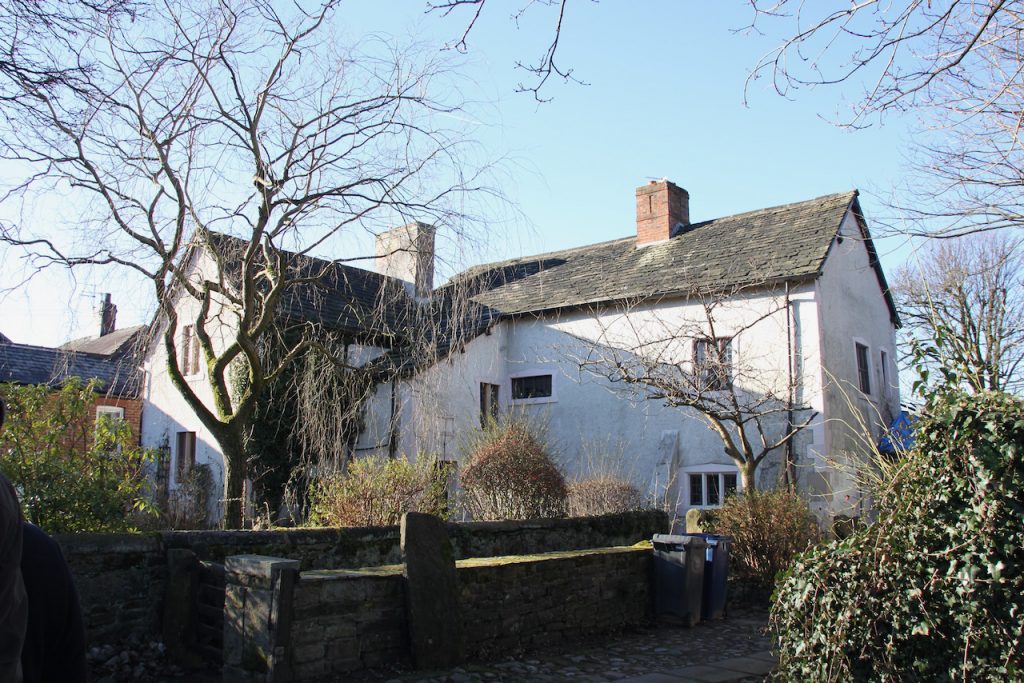I have always found Sandy Lane interesting. Although most of the properties along it are relatively modern, the road itself does not follow the alignment of the other roads in the area. A few of the properties are significantly older. I suspect that Sandy Lane in a much earlier road associated with a much older Leyland.
The junction at the south end of Sandy Lane with Church Road is currently closed to traffic. Sandy Lane runs in a fairly straight line northeast to Broad Square and a junction with Balcarres Road. This is where Sandy Lane now ends. Older maps show that what is now Broad Square, Sandy Lane used to turn to the north and follow what is now Balcarres Road passing “Old Hall” to a junction with Turpin Green Lane. Opposite “Old Hall” was a stone cross and a large pond which occupied the modern area of Balcarres Green (the Spider Park) and King Street. This change, I suspect, is connected with the building of the “Garden Village” which started in the 1920s.
Our walk starts at the southern end of Church Street and St Andrew’s Church.
St Andrew’s Church Wall
Although this is not strictly in Sandy Lane, I think it is worth pointing out the following. In the wall of Saint Andrew’s churchyard are the remains of an early opening for a pathway leading via steps into the churchyard. We noticed this from an early map showing the area. The datestone above on the lintel reads 1827.
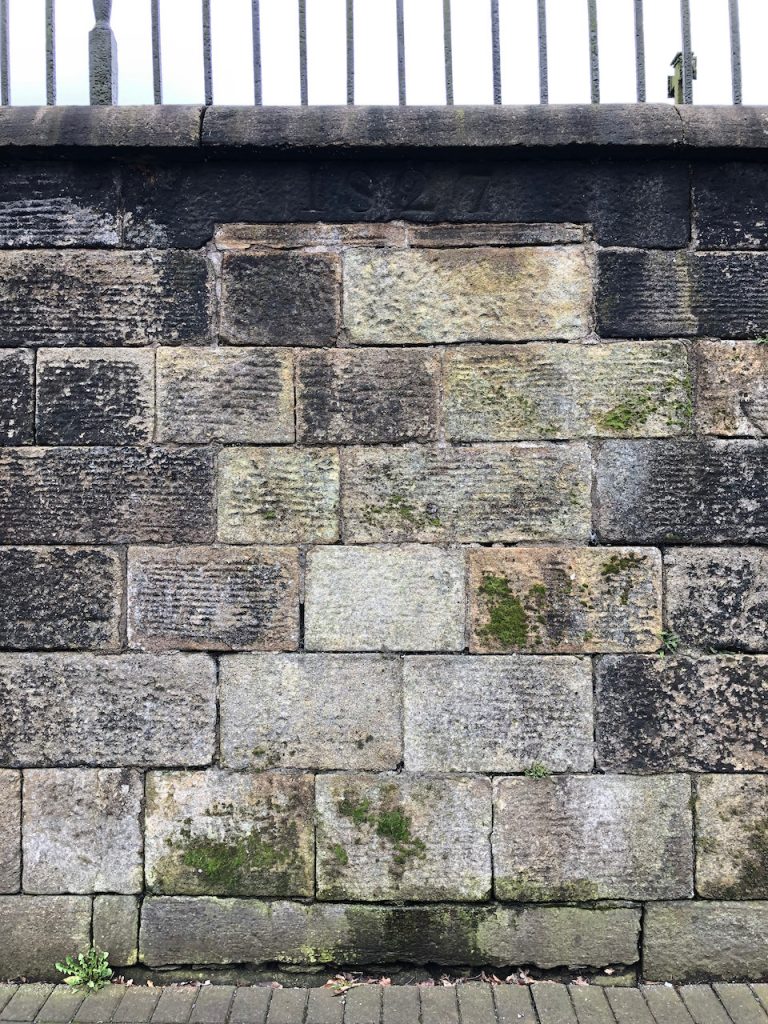
The Crescent
The Crescent at the end of Sandy Lane was built around 1916. I haven’t been able to find a more precise date. Planning approval for the building of these houses was granted in December 1908.
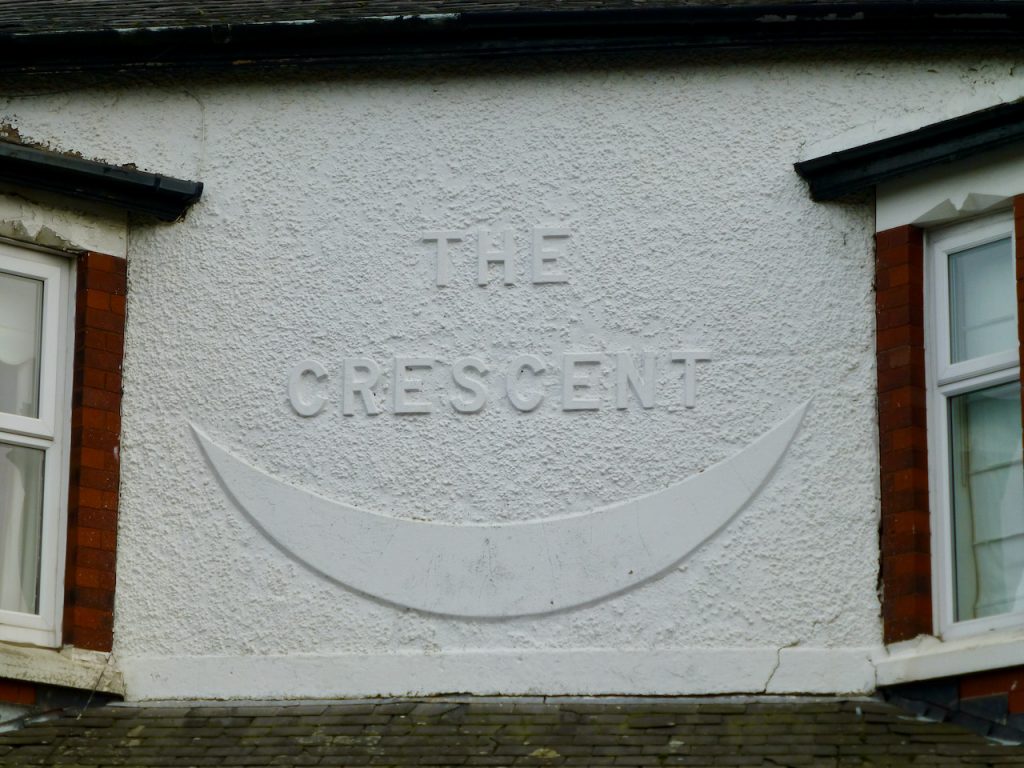
Victoria Terrace
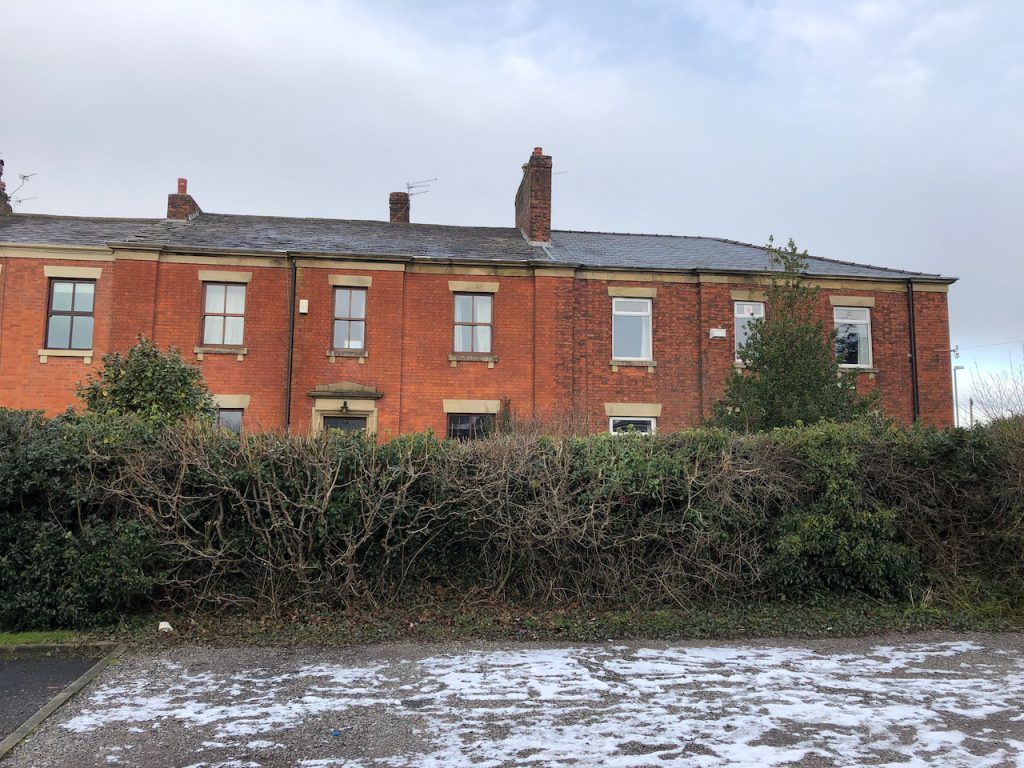
Merlyn House
Although technically in Pembroke Place rather than Sandy Lane Merlyn House is the former surgery and house of Doctor Cank during the 1930s. The house was originally called Sergeant House but was renamed when Doctor Cyril Meredith Wilmott and Evelyn Berry moved in after their marriage.
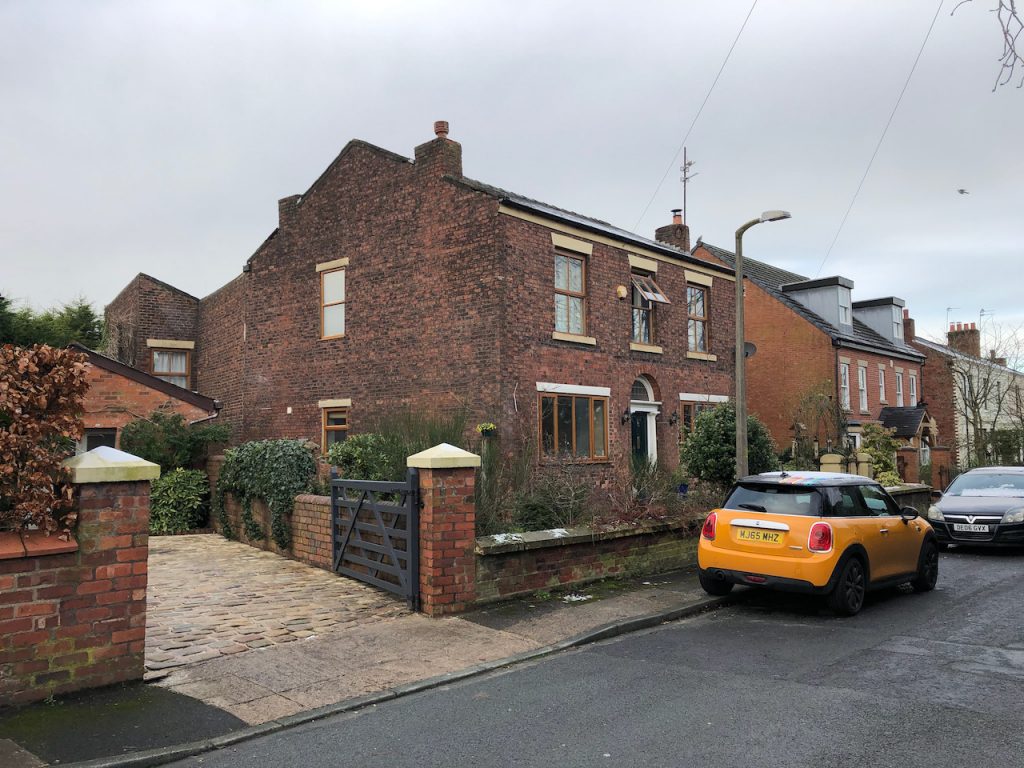
Bankfield 1889
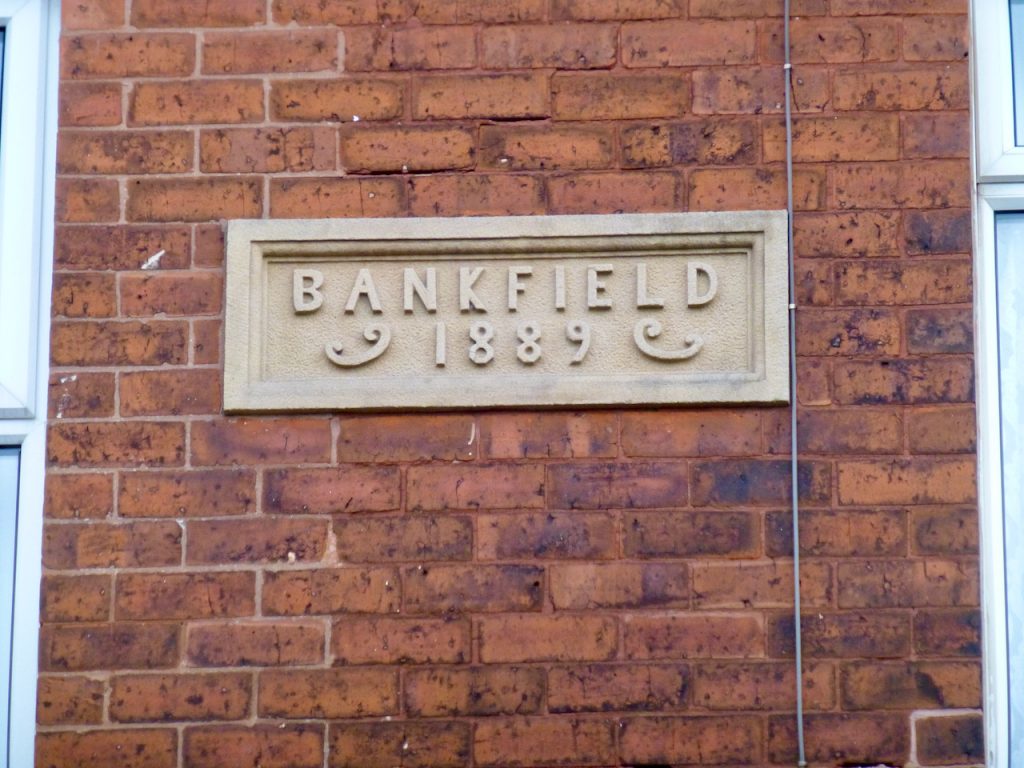
Prospect House
Prospect House is one of nine pre 1893 buildings on Sandy Lane.
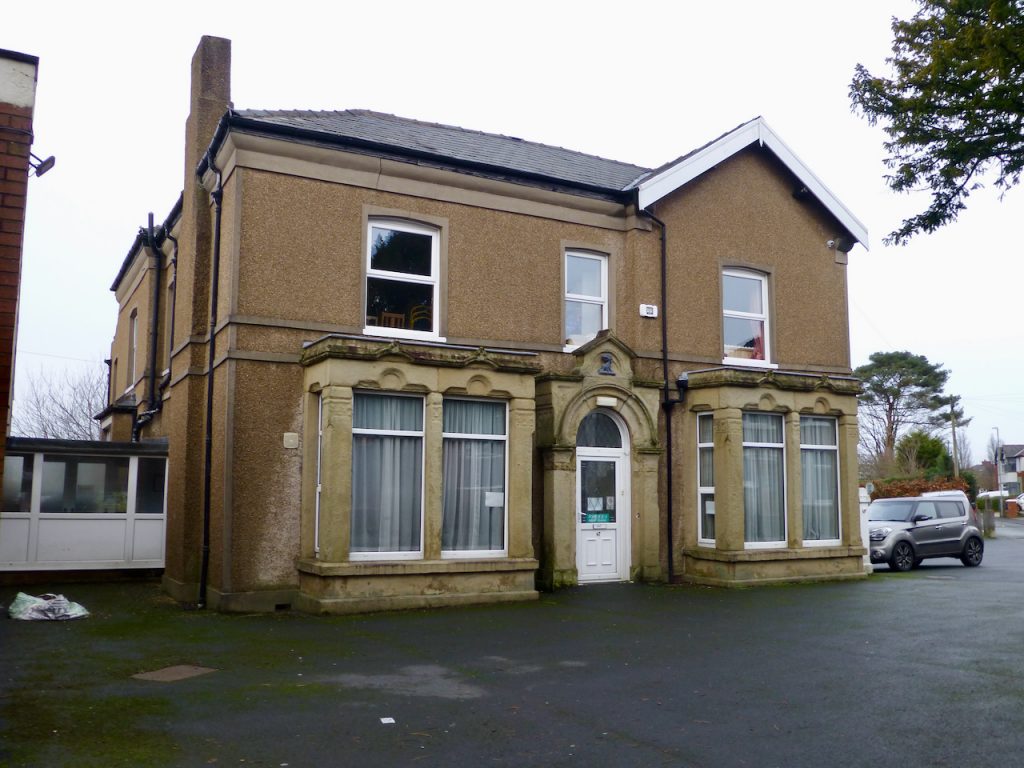
The Leyland Motors Day Continuation School
The Leyland Motors Day Continuation School was opened in the 1930s and was in use until its closure in the 1970s. It was used for young employees of Leyland Motors and provided a continuation of education. More recently this building is now home to Broadoaks Child Development Centre.
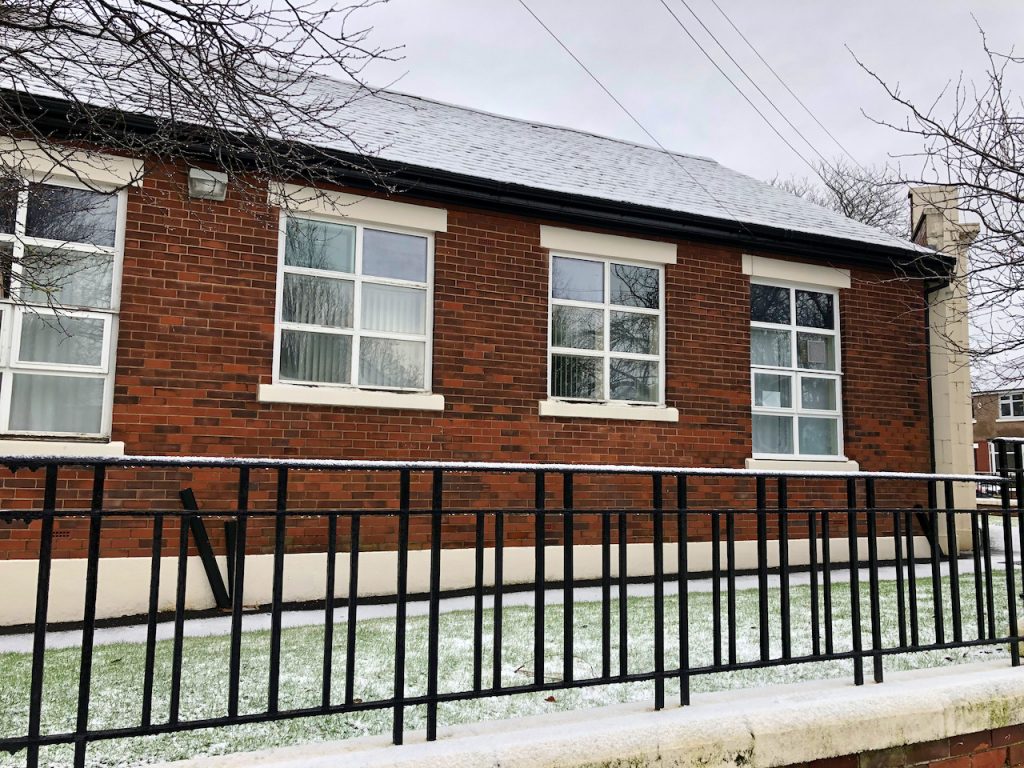
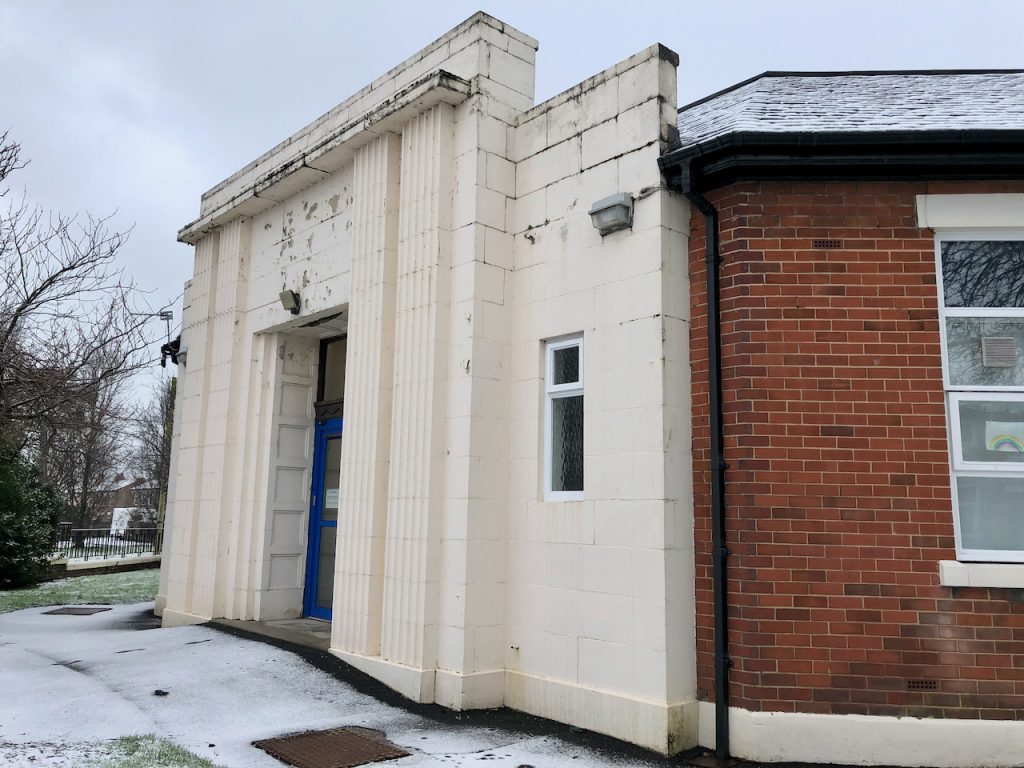
Charnock Hall
Grade II listed Charnock or Old Hall. The current hall was built in 1660 by Roger Charnock, a Roman Catholic priest. Above the door is a coat of arms inscribed, “IHS AM RC 16 60”. Today the hall has been converted into two houses. The names “Blacklache Hall” & “Leyland Hall” have also been used in the past.
Speculation: IHS is a common Christogram and is frequently interpreted as “Jesus Our Savior”. RC would be Roger Charnock. AM is unknown at present. 1660 would be the year built.
